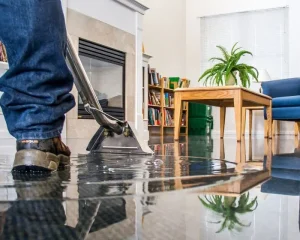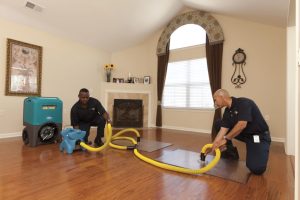Why “Good Enough” is a Dangerous Standard for Structural Integrity
Properties and structures in New Jersey depend mostly on accurate engineering calculations, thorough testing, and ongoing evaluation to remain safe and functional for occupancy. When the standards are met only at a minimum or red flags are ignored, structural integrity may be compromised, and weaknesses can develop silently. These vulnerabilities remain hidden until they escalate into catastrophic failures over time.
One example is the partial collapse of a six-story building in Davenport, Iowa, in 2023. According to investigations, structural issues had been identified before the collapse, but they were considered low-risk, which delayed the required repairs. Incidents like this demonstrate the significance of a property condition assessment NJ to ensure structural integrity in the long run.
Inspecting the structural integrity of properties helps protect occupants and the people around the property. Moreover, it also protects the valuables that are in the structure. Minor structural issues can escalate into dangerous situations if left unaddressed and lead to casualties.
Furthermore, emphasizing structural integrity and building for durability minimizes the need for costly repairs or interventions. In the long run, preventive maintenance is more cost-effective compared to addressing the damage, which reduces long-term costs.
Maintaining structural integrity is also compliant with engineering standards. This reflects a continuous commitment to ensuring safety and integrity. Furthermore, adhering to building codes and regulations lessens the risk of structural issues from forming early on and prevents paying for penalties, liability problems, and damage to reputation due to neglect.
When it comes to ensuring structural integrity, a structural engineer New Jersey can help in conducting an analysis, construction oversight, and assessment of the property’s current condition. Their work can help in identifying any possible deficiencies like cracks, water intrusion, or corrosion. This is often done with advanced non-destructive testing (NDT) methods.
These professional structural engineers also evaluate the building’s actual use and conditions. They assess whether the environmental exposure of the property aligns with the original design to determine stress points or overloading risks.
Learn more about building stronger and safer structures with this infographic by Lockatong Engineering.





